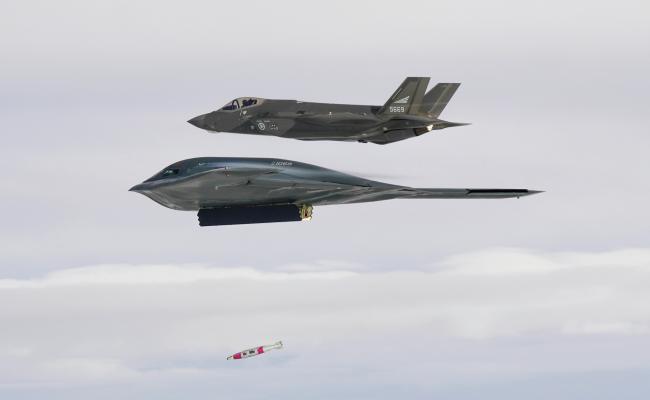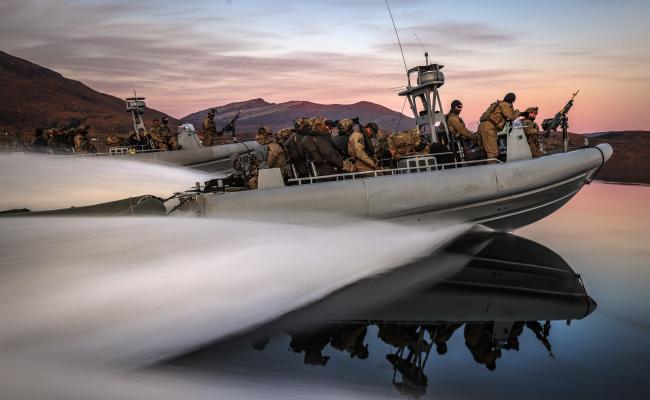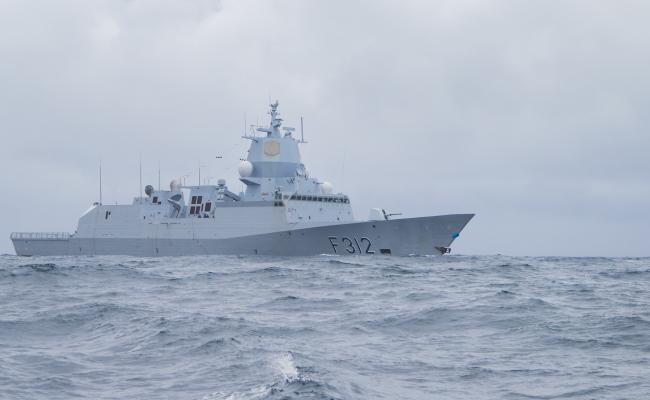Major German Maritime Live-Fire Exercise off Andøya, Northern Norway
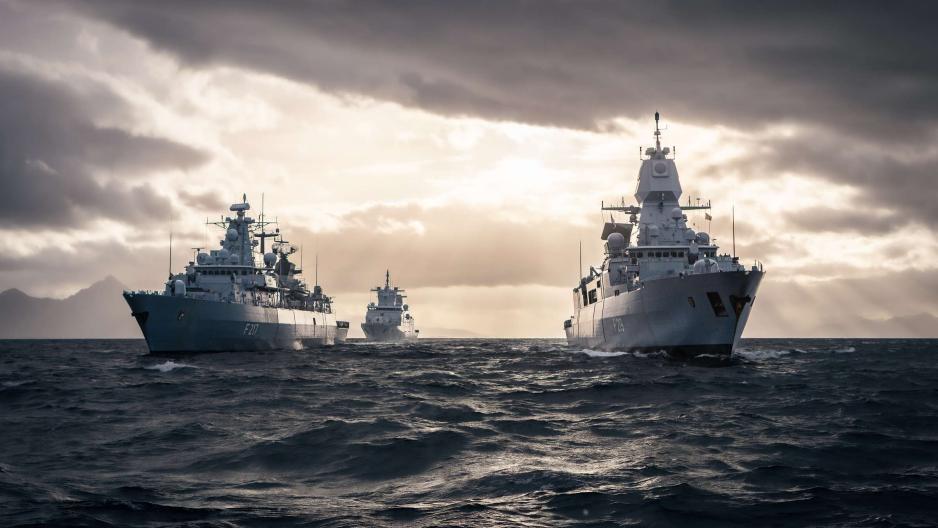
The frigate FGS Sachsen (to the right) is leading the German fleet during the maritime live-fire exercise named "Andøya". The frigate FGS Bayern is sailing to the left. The exercise aims to strengthen the German Navy's operational preparedness and demonstrate its ability for national and collective defense. (Photo: Jan Kistenmacher/Bundeswehr)
Ten German naval vessels are now practicing live-fire with missiles, torpedoes, and artillery off the coast of Andøya in Northern Norway. This is the German Navy's largest firing exercise in decades.
The German exercise at the Andøya firing range started on October 13th and continues until October 24th.
The frigate FGS Sachsen serves as the flagship, leading nine other participating naval vessels. These include frigates, corvettes, logistics and support vessels, and a submarine. Around 1,200 soldiers are aboard.
Throughout the exercise, they will conduct up 54 missile launches, as well as firing with torpedoes and artillery. The aim is to test the weapon system's capabilities under realistic conditions.
Many decades have passed since the German Navy last conducted a firing exercise of this scale, according to the German Armed Forces, Bundeswehr.
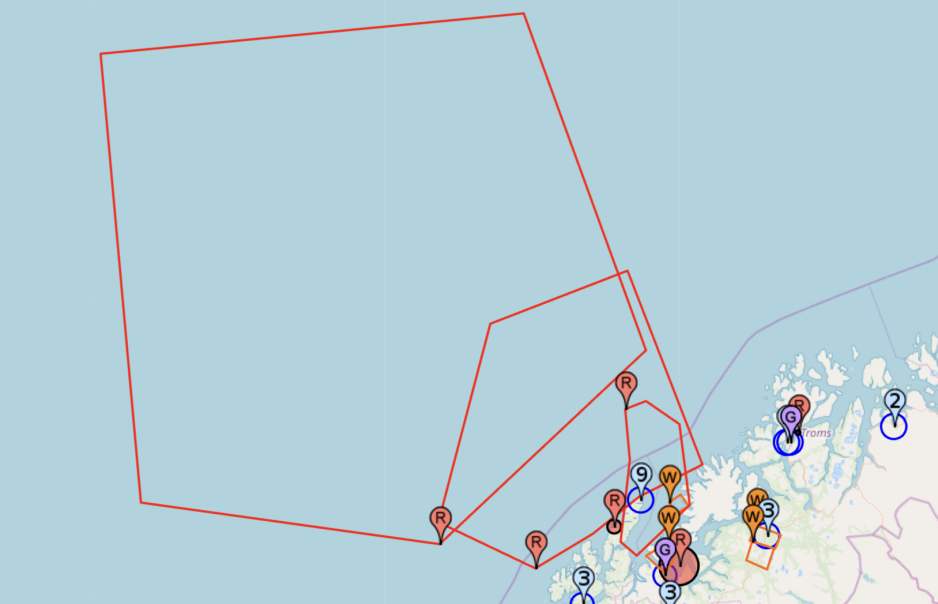
NOTAM map showing military exercise areas (in red) during the German exercise off Andøya. (Screenshot from NOTAM Info)
Units from the German Army and Air Force, as well as international partners, are also present during the exercise to strengthen cooperation and further develop defense capabilities within the maritime domain.
In addition to joint training and testing of new systems, the exercise focuses on evaluating operational procedures within joint fire support and deterrence.
"This exercise is not only a testament of Germany's deterrence capabilities, but also shows that the navy is ready for national and allied defense. The German Navy is thus demonstrating that it is prepared to deploy its capabilities at any time, regardless of the sea area," writes Bundeswehr.
This story was first reported on by the Barents Observer.


